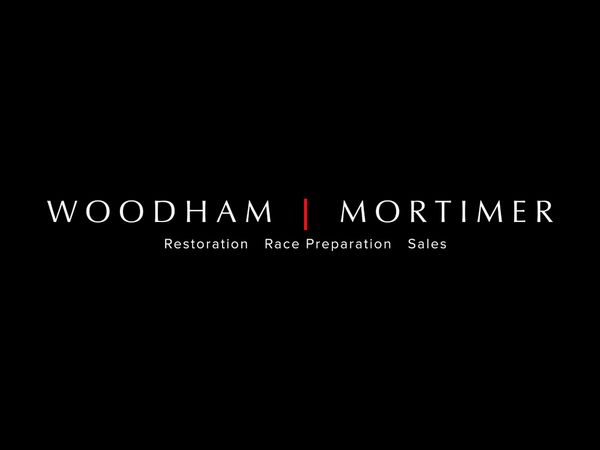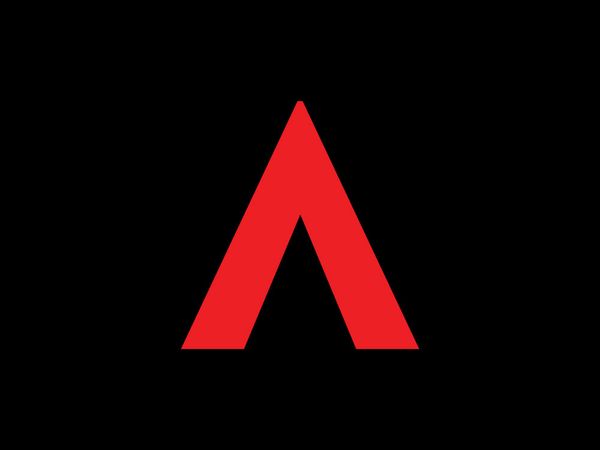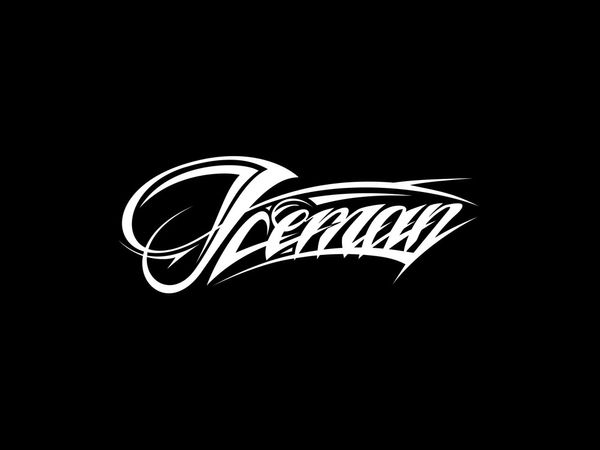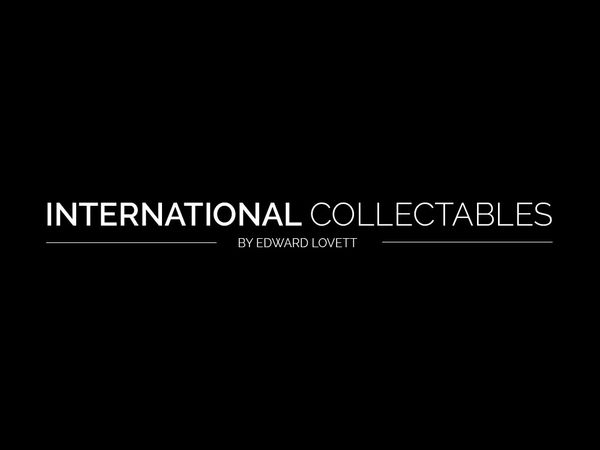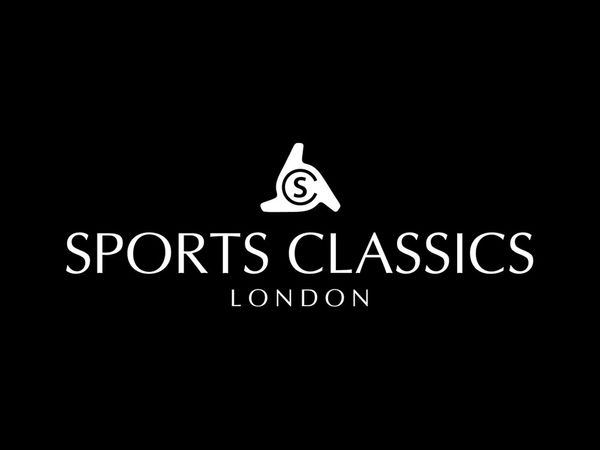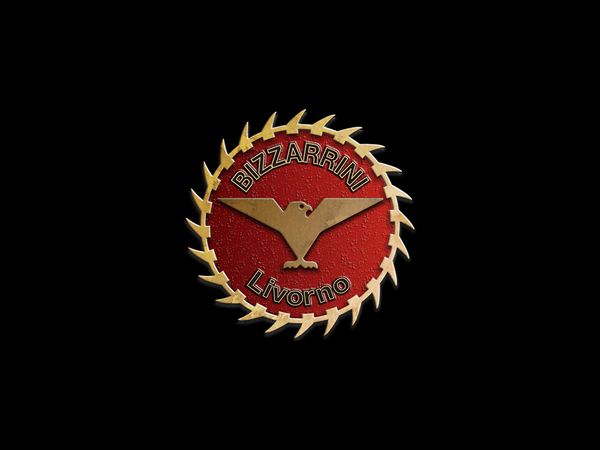Engine 426 CI
Trans 4-Speed
Color Purple/Yellow
HIGHLIGHTS
The original No. 42 Daytona Race Car piloted by Marty Robbins at the National 500 in Charlotte in 1970
Robbins, best known for hits like "El Paso" and "Big Iron", raced in the NASCAR Grand National Series, making occasional starts between 1966-1982
First campaigned by James Hylton in Charger skin from late 1967 until the 1970 Riverside race when Hylton switched to Ford
Robbins purchased the car from Hylton and enlisted Bobby and Eddie Allison to convert it from the Charger 500 to a Daytona for the event at Charlotte
The race at Charlotte was the only event in which the car was campaigned as a Daytona
It was the first NASCAR race Robbins was able to participate in after returning from a two year sabbatical
Car re-discovered in 2005
Nichels chassis with GM-based front suspension, one of the key component to identifying the car at time of discovery
Rotisserie restoration completed by Ray Evernham's Big Iron Garage in Mooresville, North Carolina
Restoration validated by Doug Dempsey, Doug Schellinger, Ronny Robbins, Bobby Allison, James Hylton and Greg Kwiatkowski who also helped determine and authenticate the car's history
Unveiled to the public at the 50th Anniversary of the Aero Wars hosted by Tim Wellborn at the Talladega Speedway
Granted track time at Talladega at the event alongside Bobby Allison's no. 22 car, Richard Petty's no. 43 Superbird, Ramo Stott's no. 7 Superbird and Bobby Isaac's no. 71 car
Displayed at the 2019 MCACN show, Ray Evernham's Americarna show and at the Hershey AACA Museum
Ray Barton iron 426 Race Hemi V-8 with factory single 4-barrel intake, Lemans float bowls, he-man brake outfit and circle track crankcase ventilation tubes
Rare early Holley Dominator carburetor
Transistorized Prestolite coil located in the passenger side footbox
Correct A833 4-speed manual transmission
Reinforced Chrysler 8 3/4 floating rear end
Driver-controlled torsion bar adjuster
Vintage Nichels NASCAR wheels finished in proper Yellow
Fuel cell updated for safety to allow exhibition racing use
Extensive race history including period photos, magazine artlcles and newspaper clippings
Discovery, restoration and unveiling chronicled in several magazines including Muscle Car Review, Mopar Action (including walk-around video), Chrysler Power and Hemmings
The short but memorable legacy of Dodge’s NASCAR Charger Daytona’s racing effort encompasses many famous names, but Marty Robbins may be one of the most unique. The car here, originally built by racer James Hylton using a Nichels chassis, was driven by the significant country-western recording artist as car No. 42 at the late-season National 500 in Charlotte in 1970. This event at Charlotte Motor Speedway was the only event in which this race car was ever campaigned as a Charger Daytona, and it was also the first NASCAR race Robbins was able to participate in after returning from a two-year sabbatical. This is the first time the No. 42 has been made publicly available since its extensive reconditioning.
Known for musical hits like "El Paso" and "Big Iron," the singer drove hard but only occasionally on the NASCAR Grand National Series between 1966-1982. The car was first built and raced by James Hylton as a regular Charger from late 1967, until Hylton switched to Ford for 1970. Robbins bought the Nichels-based car from Hylton and then enlisted driver Bobby and mechanic Eddie Allison to convert it from a Charger 500 to a Daytona body for the race event at Charlotte. After this appearance, the Allisons rebodied and drove it first as a ’68 Charger to avoid the aero rules coming for 1971, then sold it to a car owner named Butch Nelson, who let young Neil Bonnett drive it. It was bodied as a 1974 Charger when Bonnett crashed it and a fire started inside in late 1973, causing the car to disappear for many years after.
When discovered in 2005, the GM-based front suspension the Allisons had installed and Hylton’s unique cage structure were among the key components noted in authenticating it as the Robbins car. Now confirmed, a full rotisserie restoration was undertaken by Ray Evernham's Big Iron Garage in Mooresville, North Carolina, to the October 1970 configuration Robbins drove it in, with assistance from aero-car experts Doug Dempsey, Doug Schellinger and Greg Kwiatkowski to determine and authenticate the car's history.
A stunning debut came in 2019 at the 50th Anniversary of the Daytona’s first race, when this car joined Bobby Allison's No. 22 car, Richard Petty's No. 43 Superbird and Bobby Isaac's No. 71 car for Sunday appearance laps right on the Talladega Superspeedway during the Aero Warriors reunion hosted by Tim Wellborn. Since then, it has been statically exhibited at the 2019 MCACN show, Ray Evernham's Americarna show and most recently honored by invitation to the Hershey AACA Museum’s recent “Yeah, It’s Got a Hemi!” display earlier this year.
This car’s excellent reconditioning begins under the hood, where an iron 426 Hemi V-8 built by Ray Barton Racing Engines resides. This features the correct bathtub intake, factory single 4-barrel intake with LeMans float bowls, a “he-man” brake outfit and circle track crankcase ventilation tubes. In addition to the rare early Holley Dominator carburetor, this car features a Transistorized Prestolite coil layout located in the passenger side footbox. The engine is mated to a correct A833 4-speed Chrysler manual transmission and backed by a reinforced Chrysler 8.75 differential housing. Vintage and very difficult to find Nichels NASCAR wheels finished in proper yellow are mounted on the car, while the fuel cell has been updated for safety to allow exhibition racing use.
The No. 42 will be sold with its extensive race history including period photos, magazine articles and newspaper clippings. Its discovery, restoration and unveiling was chronicled in several magazines including Muscle Car Review, Mopar Action, Chrysler Power and Hemmings, but there is nothing like owning the real “Big Iron.” All you might need is a guitar.
Text and image courtesy of Mecum
MECUM ORLANDO AUCTION - JULY 29-31 2021

